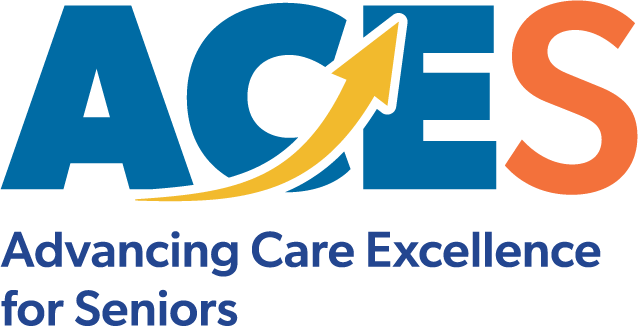Importance of Oral-Systemic Health in Older Adults
Oral health is directly related to systemic health in all individuals, but particularly in older adults. Oral health has a significant impact on the overall health and well-being of individuals across their life span. Among older adults, poor oral health is associated with pain, loss of teeth, poor nutrition, increased risk for systemic conditions, and serious morbidity and mortality in the case of oral cancer. The projected aging of the US population, coupled with the increasing number of adults retaining their teeth, is creating an unprecedented need for oral health care among older adults.
The burden of oral health problems is particularly severe in vulnerable populations. Among older adults, 70 percent of whom have no dental insurance, the burden of oral disease is most significantly borne by minorities, the poor, and immigrants. According to Oral Health in America: Advances and Challenges (2021), oral health is key to overall health and all health professions can play a role in reducing the burden of disease.
Importance of Oral-Systemic Health in Older Adults
Download All Files for This Teaching Strategy
Learning Objectives
Students will:
- Describe the importance of oral health in older adults
- Determine oral systemic connections for older adults
- Describe the role of the nurse when providing oral health care to older adults in the community
Learner Prework
This teaching strategy incorporates the ACE.S Essential Nursing Actions: Assess Function and Expectations, Coordinate and Manage Care, and Make Situational Decisions. A number of materials that can be used to provide a complete overview of the topic are available at no cost.
1. Tell the students to become familiar with the Smiles for Life website at http://www.smilesforlifeoralhealth.org. The website has a comprehensive curriculum that can be easily implemented in an academic setting.
2. Read the full text of the following article, which offers an educational and clinical innovation designed to promote interprofessional oral health workforce capacity:
Haber, J., Hartnett, E., Allen, K., Hallas, D., Dorsen, C., Lange-Kessler, J., … Wholihan, D. (2015). Putting the mouth back in the head: HEENT to HEENOT. American Journal of Public Health, 105(3), 437-441. Retrieved from http://ajph.aphapublications.org/doi/full/10.2105/AJPH.2014.302495
Ask the students to watch the NICHE archived webinar “Oral Health: Overview for Older Adults” at https://youtu.be/0sQlX7xkPkw.
Suggested Learning Activities
Smiles for Life, an interprofessional oral health curriculum produced by the Society of Teachers of Family Medicine, consists of eight 45-minute models that contain the core components of oral health throughout the lifespan.
1. Included in the curriculum is a comprehensive set of educational objectives based on the Accreditation Council for Graduate Medical Education (ACGME) competencies, test questions, resources for further learning, oral health web links, an implementation guide, and detailed module outlines. CE credit is available for each module upon completion.
The modules that pertain to the aging population are:
Module #1, The Relationship of Oral to Systemic Health
Module #7, The Oral Exam
Module #8, Geriatric Oral Health
Have the students complete these modules on their own prior to class. After completing each module, ask the students to complete the appropriate SFL quiz and submit SFL Certificates of Completion for each module to the faculty member.
2. Students can also download:
- Smiles for Life “SFL Adult Oral Health Pocket Card”
- Smiles for Life app for mobile devices to use as a reference in the clinical area
HEENOT
3. Read: Putting the Mouth Back in the Head: HEENT to HEENOT (Haber et al., 2015)
- As a learning activity, instruct the students to:
Systemic | Oral |
Diabetes | Periodontal disease |
Cancer | Mucositis, xerostomia, bleeding gums |
Autoimmune disease: Celiac | Enamel dysplasia |
Eating disorders | Enamel erosion |
HPV | Oropharyngeal cancer |
HIV | Oral lesion |
Suggested Reading
Centers for Disease Control and Prevention Information for Older Adults
The above link provides information regarding the wellbeing of older adults.
Older Americans 2010: Key Indicators of Well-Being (Older Americans 2010) provides a comprehensive picture of our older population’s health and well-being. It is the fifth chartbook prepared by the Federal Interagency Forum on Aging-Related Statistics (Forum).
Patel, R., Gallagher, J.E. Healthy ageing and oral health: priority, policy and public health. BDJ Open 10, 79 (2024). https://doi.org/10.1038/s41405-024-00262-z
The Try This:® Series from the Hartford Institute for Geriatric Nursing (HIGN) at the NYU Rory Meyers College of Nursing contains many evidence-based assessment tools. The tool, an article about using the tool, and a video illustrating the use of the tool, are all available for your use.


